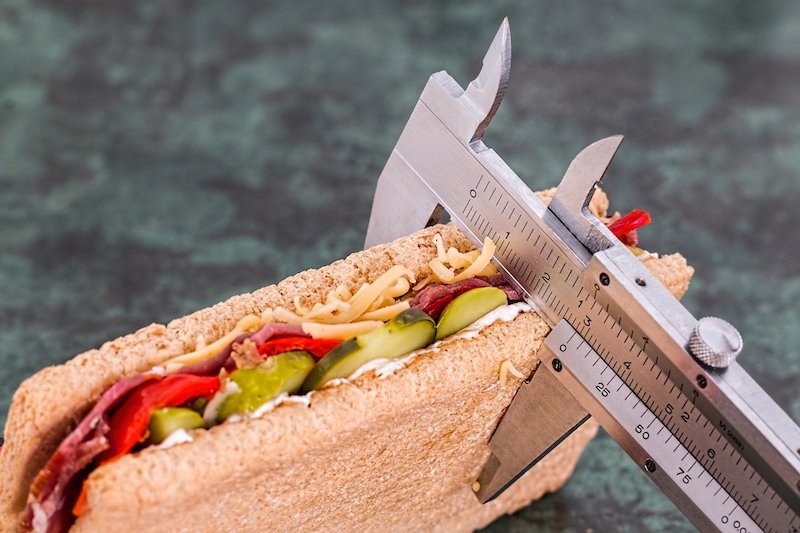What is Disordered Eating?
-
-
Howard Farkas
The term eating disorder is easily defined, with reference to the Diagnostic and Statistical Manual. But what about disordered eating? To coincide with Eating Disorders Awareness Week, Dr Howard Farkas, a clinical psychologist and author specialising in emotional overeating, makes the case for paying more attention to clients with disordered eating behaviours – and explains how to distinguish this from merely atypical eating.

I’ve seen many patients whose lives had been disrupted by their disordered eating patterns. But they delayed seeking help, sometimes for decades, because they believed it was not a problem if it didn’t fit into a clearly defined eating disorder. For this reason alone, the concept of disordered eating may be valuable, validating concerns and encouraging many people to get the help they need.
But what guidelines could be used to help differentiate disordered eating from the merely unconventional? In this blog, I’ll offer a few contrasting examples of each that might help clarify this question, and then I’ll propose a few general strategies that could be useful in an evaluation.
What motivates the behaviour?
Perhaps disordered eating should include any diet that requires someone to follow restrictive, non-intuitive rules for eating. This idea has certainly been gaining traction regarding weight loss in recent years and might sound like a fair definition. But would that include those who follow diets for religious, moral, or ethical reasons?
My adult son was never a big meat eater, but he did enjoy an occasional hamburger or steak. When he decided to give up meat about a year ago, he was still able to enjoy egg and cheese sandwiches, yogurt, milk and other dairy foods in addition to salads and pasta. Later, he decided to avoid eating all animal-based products, so the breakfast sandwiches are out, and he now uses only plant-based milk in his cereal. This diet is restrictive, and certainly not intuitive. So, would this be disordered eating?
Most of the patients I treat for binge eating had a history of following similarly restrictive diets, avoiding entire categories of food, while carefully tracking calories and quantities. Yet, in contrast to my son, these patients were constantly thinking about the food that they loved but could no longer have. The binge eating came as a consequence, but weren’t the earlier patterns disordered?
The difference between dieters and vegetarians is not in the behaviour itself, but in what motivates it. My son’s behaviour is motivated by his values, and he feels no outside pressure to eat in this way. My patients, on the other hand, are primarily driven by societal pressures to conform to unrealistic body standards. They don’t like dieting, but feel that they have no choice.
Perfectionist eating
Perhaps perfectionistic eating is a better indication of disordered eating. A friend I’ve known since high school freely admits that he eats like a toddler. For example, he doesn’t allow different types of food to mix on his plate, so if the cafeteria was serving chicken stir-fry with rice, he would ask that the rice be put on the plate first, and the vegetables with meat next to it. Then he would separate the chicken chunks from the sautéed vegetables and finish each type of food before moving on to the next. Finicky? Sure! A bit OCD? Perhaps. But he always enjoyed eating; his focus was on how he ate it rather than what he ate, and in his own way, he had a happy relationship with food.
Contrast that with a patient of mine who had been hospitalised for binge eating. She had gotten over the eating disorder. However, she still had a fear that if she would eat something or some quantity of food that she considered to be unhealthy, it may trigger a binge episode. To avoid uncertainty, she would prepare meals at home to bring with her to work, carefully weighing each portion on a kitchen scale before putting it in her lunch pack. She’d count out a precise number of almonds or fruit slices to go along with the main meal.
She no longer fit the diagnosis for an eating disorder, but I would certainly consider this to be a pattern of disordered eating.
Distinguishing disordered from atypical eating
There may be other ways to characterise disordered eating, but these examples can help you consider how to distinguish it from merely atypical eating. I suggest asking the following questions as a starting point:
- What is the individual’s subjective experience of distress about their eating, regardless of whether the behaviour is conventional or not?
- Is a pattern of restrictive eating motivated more by perceived pressure to conform to external standards or other sources of control, rather than intrinsic values and preferences?
- Are perfectionistic or other rigid eating patterns driven by a fear of failure or avoidance of shame rather than a desire for positive outcomes, like emotional ease and wellbeing?
Finally, it’s important to note that these and other examples of idiosyncratic eating should be seen more as points along a continuum from normal to disordered, rather than discrete categories. Any initial evaluation requires a judgement of whether treatment is recommended for a pattern of eating. The ability to identify that pattern as disordered should be an important point to consider.